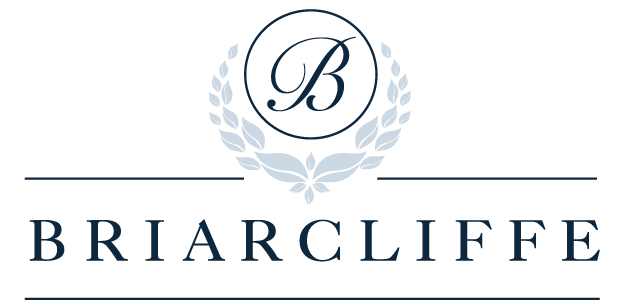The Difference Between Independent Living and Assisted Living in Rhode Island
- Home
- The Briarcliffe Blog
- The Difference Between Independent Living and Assisted Living in Rhode Island

- By: admin
- The Briarcliffe Blog
- No Comments
If you’re looking at a variety of senior living options, there can be a lot of confusing terminology to learn. When researching, it’s about finding the right place at the right time and understanding the level of care each option provides.
The distinction between independent living and assisted living is a frequent topic of conversation. Independent living communities primarily focus on meeting the social demands of their clients, many of whom are capable of leading an independent life without much support. Assisted living facilities assist people in performing activities like eating, bathing, and dressing themselves while still allowing them to live as independently as possible.
Here are some other ways independent and assisted living differ:
Cost of Independent Living vs. Assisted Living
Assisted living facilities are generally run on a rental basis. Maintenance, cleaning, security, nursing supervision, three meals a day, programming, and 24/7 care are all included in the monthly fees. Personal attention is provided once to two hours each day (and if it isn’t, it’s available for an additional charge). Bathing, dressing, grooming, toileting, and medication administration may all be aided in assisted living. Long-Term Care Insurance can provide assistance with some of the costs of assisted living. Long-term care insurance, available to everyone over the age of 65, covers a portion of the monthly charge for individuals who need assistance with everyday tasks.
Medical and Supportive Care
Typically, independent living facilities are for older adults who don’t need much assistance or medical care, so most don’t offer these services. However, at Briarcliffe, residents have priority access to a full continuum of on-site, health care, palliative and hospice supports as well as long-term care.
Assisted living facilities offer assistance in day-to-day activities for their residents. In most assisted living facilities, staff members and a trained nurse are available 24 hours a day, 7 days a week to assist you and ensure your safety. Residents may also use the on-site primary care clinic to see their doctor without leaving the community, as they have full access to health care services.
Community Design
Multiple structures spread out on a huge campus might be the style for independent living communities, with a central gathering area for activities and meals. Apartments/cottages may be bigger, and there may be more distance between buildings (either by foot or by car).
Assisted living facilities are often smaller in size and more self-contained than other types of senior housing. The majority of the needs of assisted living residents are met right on site. Memory programs in assisted living are made considerably more intentional. There may be improved lighting, color coding, visual indicators, memory boxes, simple to navigate walking paths, and safe outdoor and indoor areas, to mention a few features.
Family Involvement
In independent living, families are encouraged to immerse themselves in the neighborhood, but resident control is typically emphasized. Family members may come and spend time with their loved ones at any time and take advantage of the community’s facilities.
In assisted living, family members often take a more active role in their loved ones’ care, particularly for residents with dementia. Designated family members are kept updated about their loved one’s progress and are part of the care planning process.
Support from family and friends is essential for a person’s physical, mental, and emotional well-being. It’s critical for families to feel welcome in an independent or assisted living facility.
Independent Living and Assisted Living Amenities and Programming
Regardless of your care level, independent and assisted living facilities provide a wide range of activities and facilities. Private apartments, housekeeping, 24-hour assistance, transportation services, events and social gatherings, and other amenities are typical amenities and services.
Most facilities provide common living areas such as small libraries, café areas, and gaming rooms for casual social activity.
In independent living, dinner is frequently included as part of your monthly charge, and many communities provide a variety of choices, from exquisite dining to take-out. Residents in assisted living are encouraged to dine in the dining room with their friends throughout the day. Mealtimes are important times for social connection.
Assisted living homes provide a more extensive calendar of learning and entertaining activities. Assisted living homes may have more programming hours per day, particularly in memory programs, and activities can be provided in smaller groups or with greater customization for the residents’ physical and cognitive capabilities.
Interested in Exploring Your Options?
Many of the apartments at Briarcliffe are suited to individuals who want a quiet place to call home. Independent and assisted living communities provide older people the chance to build social ties, pursue hobbies and interests, and stay active. Briarcliffe provides a variety of choices to suit your or your loved one’s objectives and care needs, allowing you to transition to your new home. Best of all? All meals are included and served restaurant stye in a convivial dining space. We can assist you in determining which type of independent or assisted living is ideal for you.
